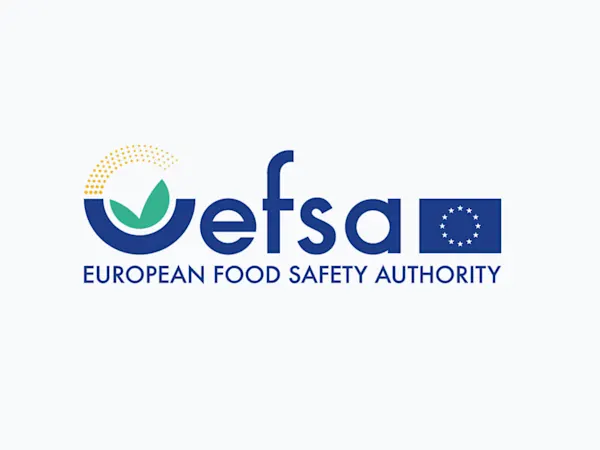
EU Ministers Press Commission on Delayed REACH Revision Amid Industry and Environmental Demands
EU Member States urge the Commission to accelerate the REACH revision, citing urgent health, environmental, and industry competitiveness needs.


Italy has concluded its evaluation of 1-phenylethanol (EC 202-707-1, CAS 98-85-1), a substance commonly used in consumer and industrial products, under the REACH regulation. The evaluation, finalised in September 2024, highlights health concerns, particularly regarding carcinogenicity and eye irritation, raising the need for harmonised classification across the EU.
1-Phenylethanol is a versatile chemical used across various sectors. It is primarily found in:
In addition to consumer use, 1-phenylethanol plays a significant role in industrial applications, where it is employed in the manufacture of chemicals, as well as in health services and formulation processes.
Selected for substance evaluation under the Community Rolling Action Plan (CoRAP) in 2019 due to its wide use and potential risks, 1-phenylethanol was evaluated for carcinogenic and mutagenic properties, as well as its impact on workers and the environment. Its presence in products used by consumers and professional workers increases the likelihood of direct exposure, particularly through skin contact and inhalation.
A study conducted by the National Institute of Health in Italy confirmed that 1-phenylethanol could be classified as a Category 2 carcinogen. The findings are based on evidence of kidney adenomas and adenocarcinomas in male rats during oral testing. Additionally, the chemical displayed acute toxicity, falling into Category 4 based on lethal doses in animal studies.
Besides its carcinogenic potential, 1-phenylethanol was confirmed to cause eye irritation, leading to its classification under Category 2. Studies on repeated exposure in rats demonstrated signs of liver toxicity, suggesting its classification as STOT RE 2 (Specific Target Organ Toxicity – Repeated Exposure), particularly affecting the liver.
As a result of the evaluation, Italy has proposed harmonised classification and labelling for 1-phenylethanol across the EU. The following classifications are recommended:
Although no immediate restrictions are planned, the substance remains under observation, with the possibility of further regulatory risk management if new data confirms additional concerns.
Foresight continuously tracks 1000s of sources and maps updates to your portfolio:




EU Member States urge the Commission to accelerate the REACH revision, citing urgent health, environmental, and industry competitiveness needs.

The EU has classified DBDPE as a substance of very high concern (SVHC) due to vPvB properties, affecting manufacturers and downstream users of flame retardants.

EFSA launches consultation on updating its Weight of Evidence and Biological Relevance guidance, aiming to streamline chemical risk assessment practices.
Subscribe to Foresight Weekly and get the latest insights on regulatory changes affecting chemical compliance.
Free forever. Unsubscribe anytime.
Read by professionals at